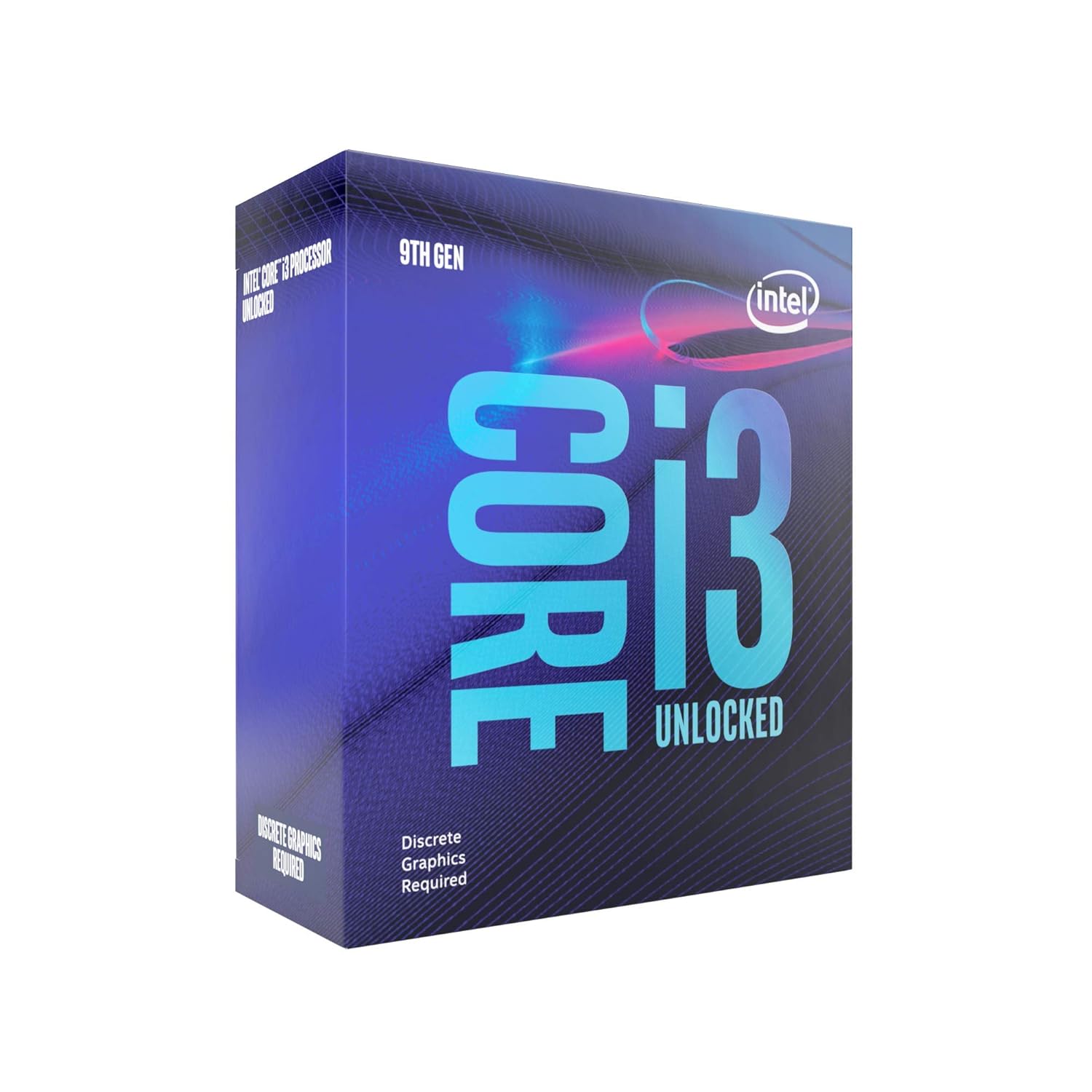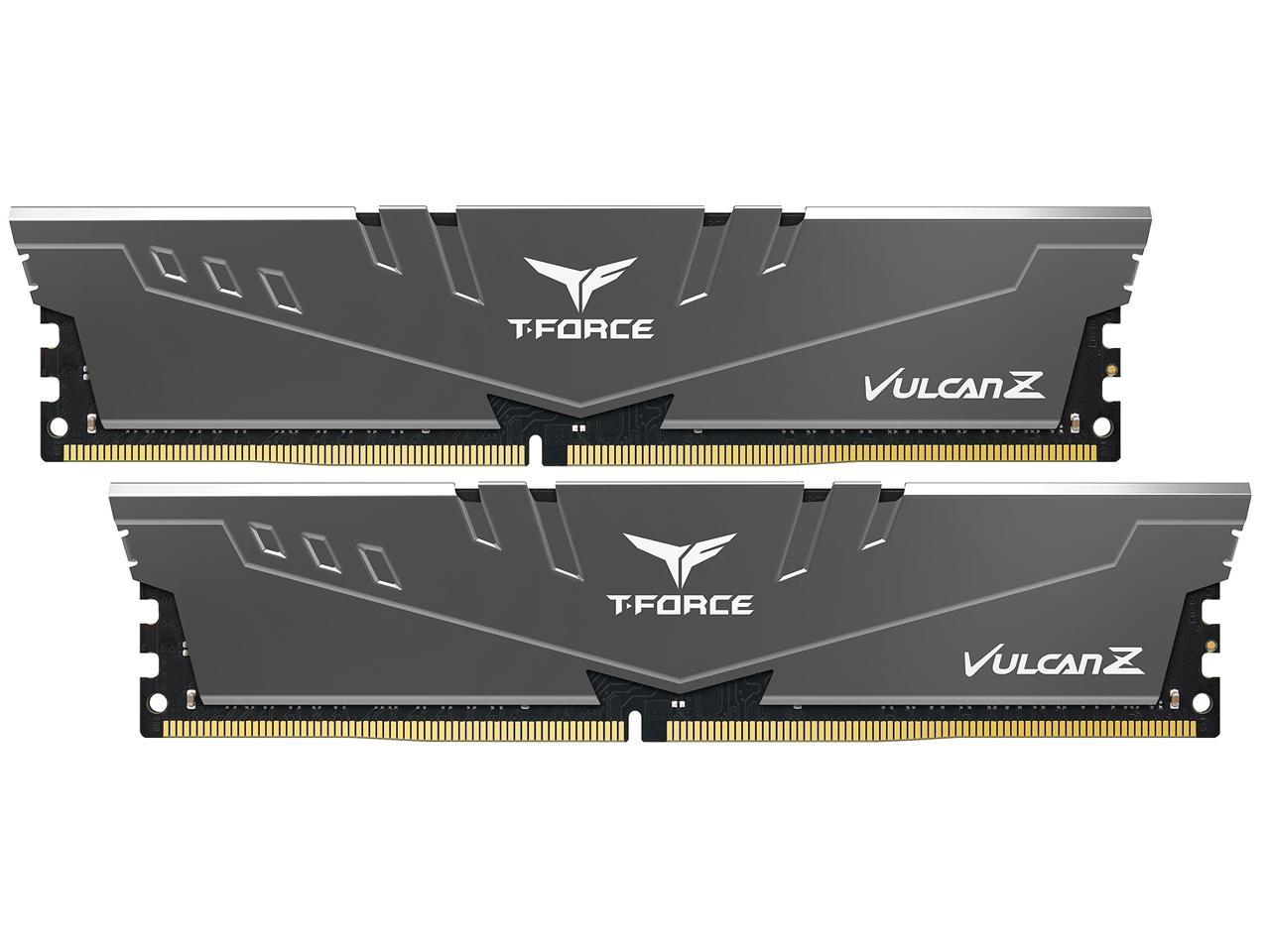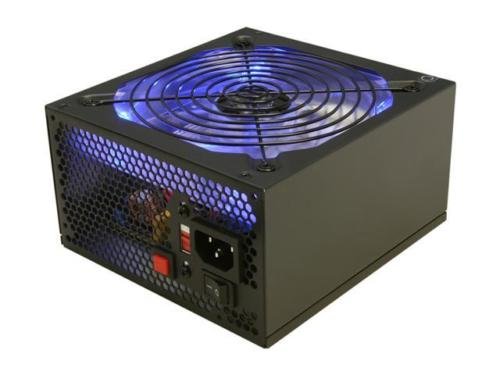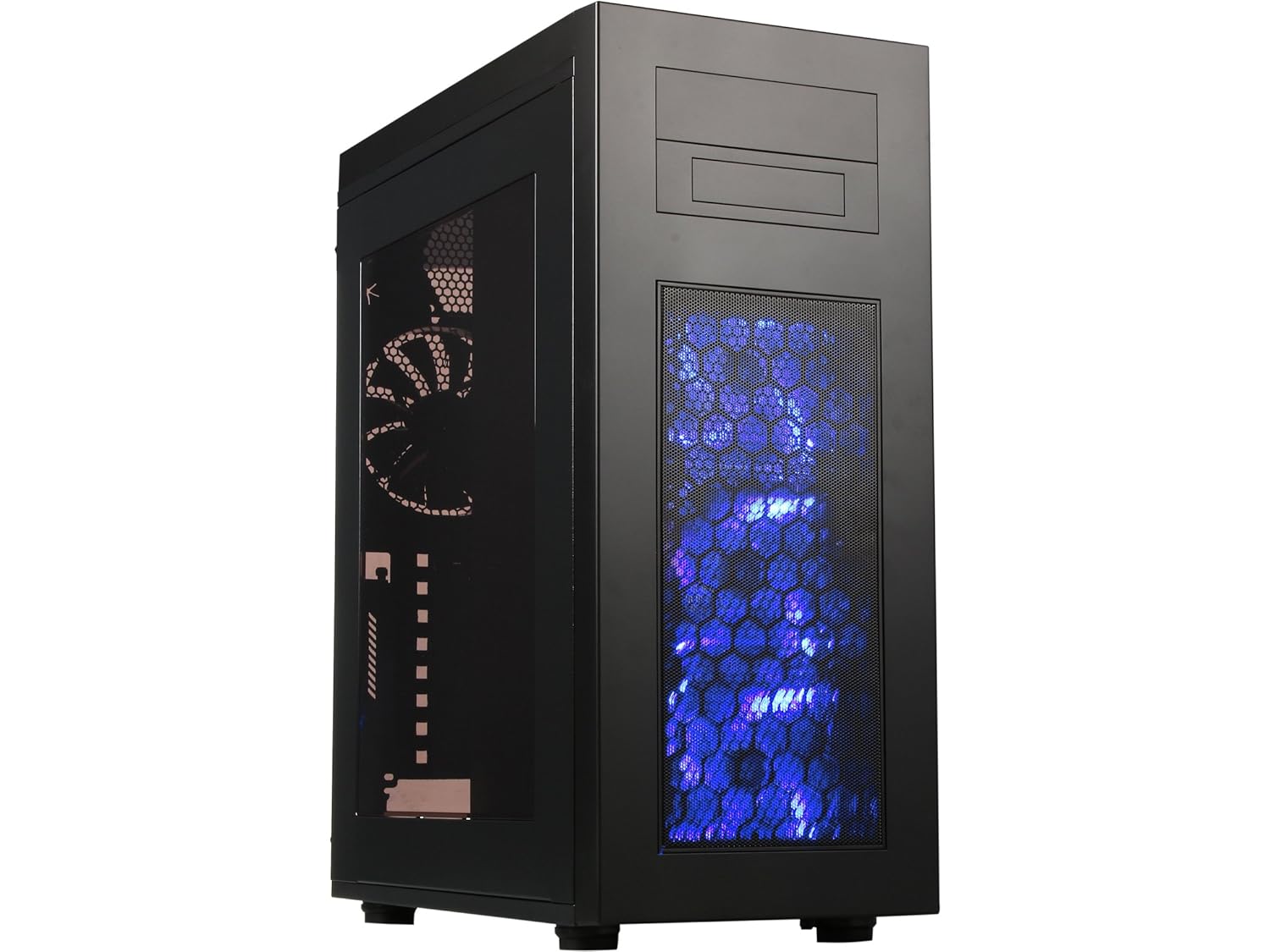
With the threat of Valkorion finally over, players of the new expansion to Star Wars: The Old Republic, Onslaught, can look forward to the next big bad: their frame rate!
Let’s take a look at building a PC for the current version of the game.
I Want to be a Hero (Engine)

Although heavily customized, The Old Republic is still classed as a Hero Engine game.
Almost 10 years ago, The Old Republic had one of those crazy, once-in-a-generation launches. It was hyped like you wouldn’t believe; the early tests of the starter planets went well; and the press had already dubbed it apotential WoW Killer. Yet behind the scenes, there was trouble brewing.
Before I get into this much further, I have a small caveat. Those who know my history will know that once upon a time I was a top streamer for this game. There’s evensome of my stuff still online, almost 5 years after I stopped. As I’ve been into building PCs for a long time, back then I would often give advice on the very subject of this article. So now, years later, it’s very surreal coming back and taking a dive into the engine performance.
The Dark Side of the Engine (PvP Performance)
Although we’re going to gear the build below toward PvE performance, we need to mention PvP performance issues. Anyone who has played the game for any length of time will tell you one thing: performance is worse in PvP.
How much of this is the engine not handling multiple player animations and effects, versus how much of this is server performance issues, we might never know. What we do know is optimization of the engine (although improved over the years) still causes trouble. At this point in the game’s life, however, you’re not exactly going to see a huge re-work.
星球大战:旧共和国Graphics Settings (Balance to Your Setup)

There’s plenty of guide videos for graphics comparisons – clicking the image above will bring you to a great one from swtorista
Although we’re going to be doing a new build below to get you playing on as tight a budget as possible, there’s a few things to keep in mind for your own builds. SW:TOR is generally consistent with settings that pull down performance.
Grass Quality and render distance often combine with shadow map quality and resolution to awful effect in open wild areas. Likewise, if you’re in a city environment, the shadow settings with the overall texture quality can have awful impacts (looking at you, Nar Shaddaa).
The game is best played at 1080p. Although you can play at 1440p or 4K, keep in mind that the game was never designed for such high resolutions. You’ll get no great texture improvements outside of some of the newer areas, and you’ll struggle even with an RTX 2080 Ti.
So, where is the sweet spot for specifications in Star Wars: The Old Republic? Let’s take a quick look at some of the options:
Light and Shadow Options–Enhanced Shadows, Shadow Quality, Shadow Map Resolution, Shadow Map Cascades, Bloom
-
- It’s usually best to adjust these in tandem. For example, there’s no real point having shadow map cascades very high if your shadow quality and resolution are set to low.
- The biggest one you can adjust quickly for gains is the resolution. At 1080p, you’ll be hard-pushed to notice anything higher than 1536 for shadow resolution, and it’ll save a pile of GPU rendering.
- Only adjust Quality and Cascades options if you’re still struggling.
- Bloom impacts the majority of light sources in the game now, including lightsabers. I’m a sucker for how they look with the bloom on but the world light sources are the bigger performance impact with this enabled. Only turn off if you’re seriously struggling!
- Finally, turn off enhanced shadows for serious improvements.
-
Character Options–Character Level of Detail, Character Texture Atlasing, Visible Character Limit, Conversation Depth of Field
-
- As with the above, balance is key here. The visible character limit will never make players in flashpoints or operations vanish on you, but if there’s a lot of background characters in an area, dropping this down will limit how many will render. If you’re on your fleet, this limits how many players in your proximity will be rendered. Personally, I have this set to High instead of Very High.
- The other three options are usually best put to High/Very High as this will show up in cutscenes most obviously. Generally speaking, the Level of Detail option is the most noticeable if you lower this, so leave that to last if you possibly can!
-
Texture Options–Texture Quality, Texture Anisotropy, Shader Complexity, Anti-Aliasing
-
- Anisotropy is one you’ll notice in places with fences and grates as it smooths out their jagged edges and makes them more well defined. Over the years, a lot of the planets have been laid out a little more linear in style rather than open world, and there’s fences of all kinds to help with this. That being said, at 1080p you can often drop this down to medium and you won’t overly notice the difference. It’s personal preference, but if you’re playing at higher resolutions, then leave this on High.
- Texture Quality impacts every main game texture and, as such, you can have huge performance gains by dropping this below High. However, it does seriously impact the overall visuals as you can only go to Low, so only do this as a last option.
- Shader Complexity is something that, again, you notice more the higher the resolution you play at. For 1080p, I would still leave this on High, and only drop it to Low if you’re having issues as it greatly impacts the visuals.
- Finally, anti-aliasing is your usual smoothing of jagged edges! With the game being the age it is, try to leave this at Very High, and only consider dropping it to High or Medium at higher resolutions than 1080p (your resolution will compensate a little for the drop in smoothing at that point).
-
环境的选择,Grass Render Distance, Grass Quality, Tree Quality
-
- Grass Render Distance is one of those where, no matter what quality you set this to, you’re still going to see pop-in in the environments. If you are OK with that, setting this to High or Very High rather than Ultra can save you a lot of render requirements in the large world spaces.
- Grass Quality is another where you can tell they’ve pushed this as far as they can in the game engine, so it does look nice at 100. If you’re not too bothered by it, consider dropping it down to 75-80 for some handy gains without much drop in visuals.
- Tree Quality is similar to the above. But because it’s the trees and they’re more obvious, you can notice a drop down from 100 more easily. However, some of the new worlds like Onderon can jump up in average FPS just by lowering this a touch (in exchange for a drop off in visuals, of course).
-
Finally, a note for the various User Interface options. You can see quickly how much performance this is taking by removing it all with Control+U and watching the slowdown as the game re-renders your whole UI. Having nameplates and a lot of the UI elements active does have a performance impact, so don’t have anything enabled that you don’t need!

Visually, the game can still look appealing, if you’re willing to work at it! Embracing the dark side helps with the overall feel of course (click to see full size image)
星球大战:旧共和国– 2011 Was a Long Time Ago!
Why is this important? Well, the game was in development for years before its release, with it having so much story content and world design. You probably had at best a dual-core CPU, maybe a Dx10 capable GPU (although Dx9 was still the most popular for games at the start of the development). So, as they had to start development, they went with an early build of Hero Engine and essentially customized it from there. Essentially the opposite idea of Star Citizen. Big games with big scope, but you have to settle on an engine so you can build stuff!
Our “big” gaming CPU of the day was the i5-2500K, a quad-core with a max boost out-of-the-box of 3.7GHz—yet who didn’t overclock this guy to 4.5GHz? The Old Republic banked on folks having this sort of CPU, which means that we’re going to focus mainly on single-core performance for our CPU choice.
As for GPU, as I mentioned above, it doesn’t really matter. To get all the bells and whistles, you really need to have some decent VRAM, but again at a certain point SW:TOR just can’t utilize more of it properly.
The best comparison for SW:TOR I’ve heard when playing on a monster PC is like a car with loads of torque just spinning its wheels on a starting line as it’s unable to get the power down.
This carries over into secondary parts like storage, too. Although an SSD will help us with overall performance, by itself the speed is a little wasted on the game.
So with all of these general pointers out of the way, let’s get to the build.
星球大战:旧共和国– 1080p Build
We’re going to party like it’s 2011 again, only with newer parts! Let’s jump straight in and look at the parts.
CPU:Intel i3-9350KF

Is it the best at multi-tasking? Nope. This 4-core/4-thread CPU can be overclocked to 5GHz, however, so what we are getting is really solid single-core performance. Again, it’s worth noting that other CPUs are better for other games, but we’re picking just for The Old Republic here.
CPU Cooler:Cooler Master Hyper 212 RGB Black Edition

超级212是一个受欢迎的凉爽了time now. With it being relatively inexpensive, we might as well splash a whole $4 more on the RGB black version.
GPU:MSI GeForce GTX 1650

We only really need a reasonably solid 1080p GPU here, and the GTX 1650 sits more than well enough into that role. It doesn’t really set the world on fire, but it does the job for the build!
RAM:Team T-FORCE VULCAN Z 16GB (2 x 8GB) DDR4 3000MHz

This 16GB kit is plenty for our gaming needs and runs reasonably fast.
Storage:Seagate BarraCuda 2TB HDD

I remember 2TB drives being more of a big deal back in 2011. It was a crazy thing to see more than 500GB in a build. Now we’re happily chilling with this 2TB HDD from Seagate.
SSD:Team Group GX2 256GB SATA SSD

Acting mainly as a boot drive, there should still be enough space to install the game onto this too (43.3GB as of patch 6.0a). Gives the system a little spring in its step.
Motherboard:ASRock Z390 PRO4

With wanting to overclock, we’ve gone a little bonkers with the Z390 board here. But it gives us plenty of overhead, and it opens the build up for upgrading down the line.
PSU:Raidmax Hybrid 530W

We all know that RGB adds more power to a build, right? Well this PSU does that more than most! Nothing fancy, but it’s enough for the build.
Case:Rosewill Rise Glow ATX Full Tower

A solid tower with a decent internal layout to make it easy to build in. Oh, and it comes with 3 blue LED fans. Because why not, at this point.
Total Build Cost: $730
Is it a good value, that’s the question…
嗯,正如前面提到的,比赛已经发行ed in December of 2011, but thankfully for us the internet did indeed exist. Anandtech had aHoliday 2011 Mid-range buyers guide, and (wouldn’t you know?) there’s a PC with the i5-2500K on there for just over $1000. So, relative to when the game launched, we’ve not only improved on price (the older build would actually cost about $1150 today after factoring in inflation), but we’ve also improved on performance of the build too. This is thanks to:
- higher IPC on 9th-gen versus 2nd
- 4 times the VRAM for the same money on our GPU, along with 8 years of improvements on chipsets
- Doubling the amount and greatly increasing the speed going from 8GB DDR3 1333Mhz RAM to 16GB DDR4 3000MHz RAM
- Doubling the HDD storage, and having an SSD boot drive
All told, it’s clear to see that 8 years has helped our wallets and our power levels. Unfortunately, even with these improvements, they won’t help you to kill folks in PvP (it’s the lag, it’s not you, honest).
Do remember to that this isn’t the be-all-and-end-all for builds for this game! This is simply an example which should be balanced to get a decent return on your investment, if you’re just playing the game. However, if you’re after a more general build, then feel free to post a comment or visit the main page over atbeplay软件.
Go Forth and Build!
There are extras that you might need to finish off this build for Star Wars: The Old Republic:
- A copy of Windows. If you are a student or work for a big business, you might be able to get a copy for free or at a significantly lower cost. If not, we recommend Windows 10 ondisc ($90)orUSB ($120).
- An optical drive—critical if you are wanting to install Windows 10 via disc. Good thing here is DVD-RW drives are cheap these days (here’s one for $21).
We also have general recommendations for:
If you want to see other builds with higher performance, check out the main page atbeplay软件.
There you have it— an inexpensive gaming build to play Star Wars: The Old Republic!
If you have any questions or suggestions about this build, then let us know in the comments.